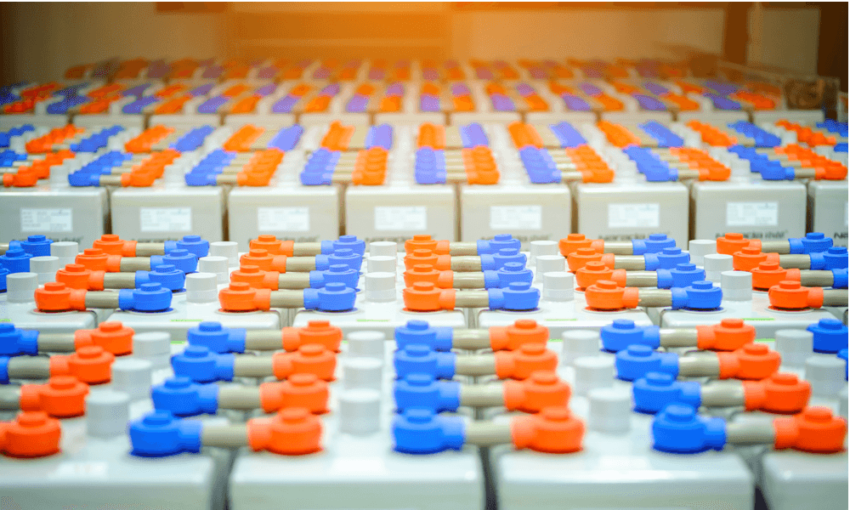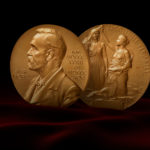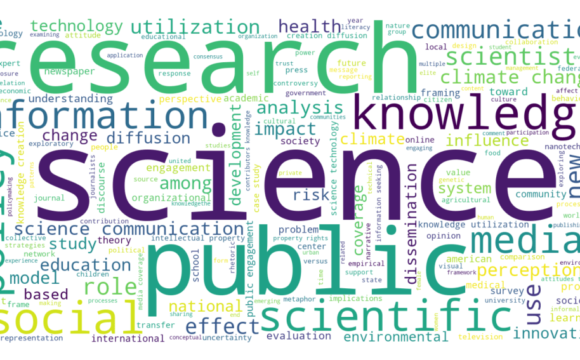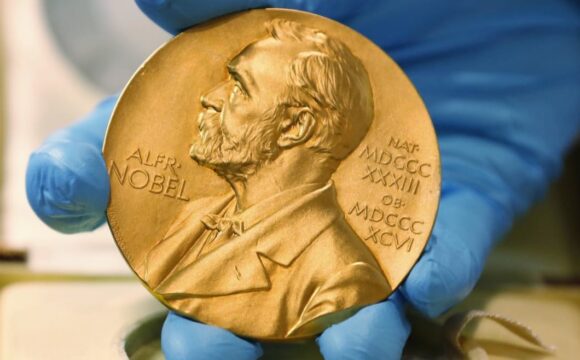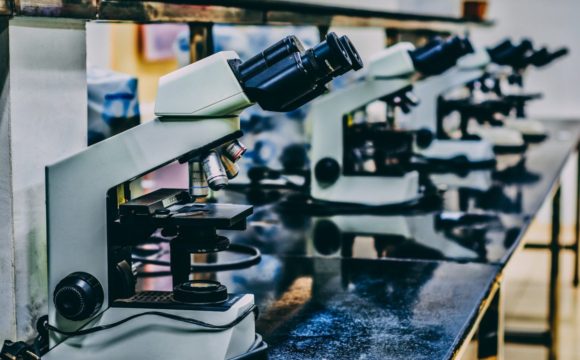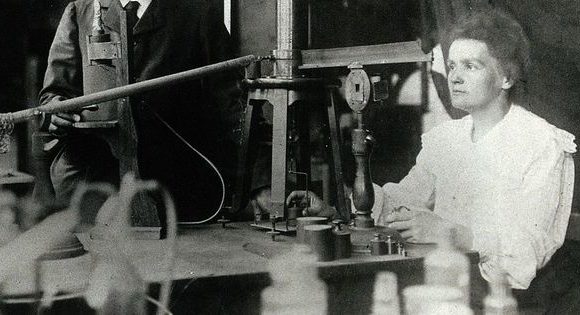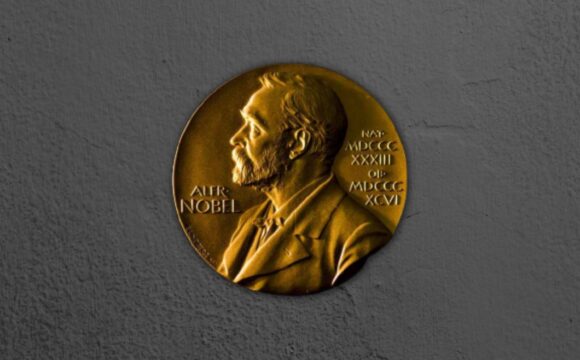While reading this article on your smartphone or laptop you might be grateful to three Nobel laureates of 2019 Chemistry Nobel Prize for creating this rechargeable world of lithium-ion battery used in portable electronic devices.
The 2019 Nobel Prize in Chemistry has been awarded jointly to John B. Goodenough USA, M. Stanley Whittingham, USA and Akira Yoshino, Japan for the development of Lithium-ion batteries. On Wednesday 9th Oct. 2019, The Royal Swedish Academy of Sciences announced the award.
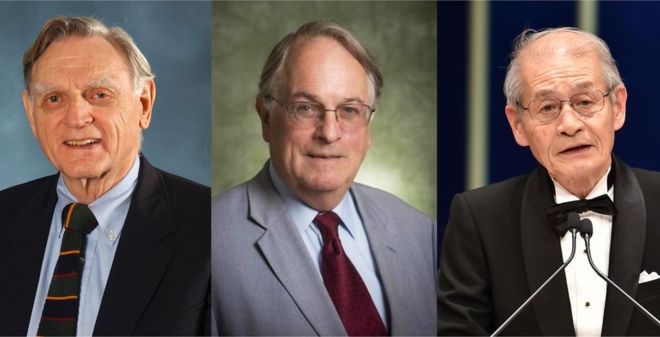
John B. Goodenough is from the University of Texas at Austin, USA; M. Stanely Whittingham is from Binghamton University, State University of New York, USA while Akira Yoshino is from Asahi Kasei Corporation, Tokyo, Japan.
Lithium-ion batteries are rechargeable, powerful, lightweight batteries applicable everywhere from mobiles, smartphones, laptops to electric vehicles. Lithium batteries are capable of storing a notable amount of energy from solar energy, wind power thus leading to fossil-fuel-free world.
All batteries work by converting chemical energy into electrical energy. Two electrodes of a typical battery, anode and cathode are separated by a liquid that transfers charged particles. They are connected to an electric circuit. When the battery is supplying power to the device electrons travel from anode to cathode through electric circuit and positively charged particles move through electrolyte.
In1970 during oil crisis, M. Stanley Whittingham developed first lithium battery, a step towards wireless, fossil-free energy source.
M. Stanley Whittingham developed innovative cathode using titanium disulphide and anode using metallic lithium. Metallic lithium has excellent power to release electrons while lithium ions get pushed into titanium disulphide. This battery had superior potential however battery had a high risk of explosion. To reduce risk M. Stanley Whittingham used metallic lithium with aluminium in the anode.
John Goodenough suggested using metal oxide instead of metal sulphide to give cathode more potential.In1980 John Goodenough demonstrated that cobalt oxide can be used to make cathode that can intercalate lithium-ion to produce power as much as four volts.
On the basis of Goodenough’s work, Akira Yoshino developed the first commercial lithium battery in 1985. Akira Yoshino used petroleum coke (a carbon material) instead of reactive lithium in the anode. Akira Yoshino’s work resulted in the development of a lightweight, durable battery that can be charged many times.
The proper functioning Lithium batteries are based on the lithium ions that are able to flow back and forth between anode and cathode. No chemical reaction takes place during power generation. That makes batteries more durable.
Lithium batteries are being used in the world market since 1991, providing wireless and fossil-free energy source to society. Lithium batteries are of great benefit to humankind.
Know more about the Nobel Laureates:
John B. Goodenough, 97 years: He is the oldest person winning a Nobel Prize. He is a professor of material sciences at the University of Texas, Austin, U.S.A.
M. Stanely Whittingham, 77 years: He is a professor of chemistry at Binghamton University, State University of New York, USA
Akira Yoshino, 71 years: He is a Japanese professor at Meijo University and fellow at Asahi Kasei Corporation (Chemical Company), Tokyo, Japan.
References:
- https://www.nobelprize.org/prizes/chemistry/
- https://www.theguardian.com/science/2019/oct/09/nobel-prize-in-chemistry-awarded-for-work-on-lithium-ion-batteries
- https://www.nytimes.com/2019/10/09/science/nobel-prize-chemistry.html
- https://www.indiatoday.in/science/story/nobel-prize-chemistry
- The Times of India 10th October 2019



